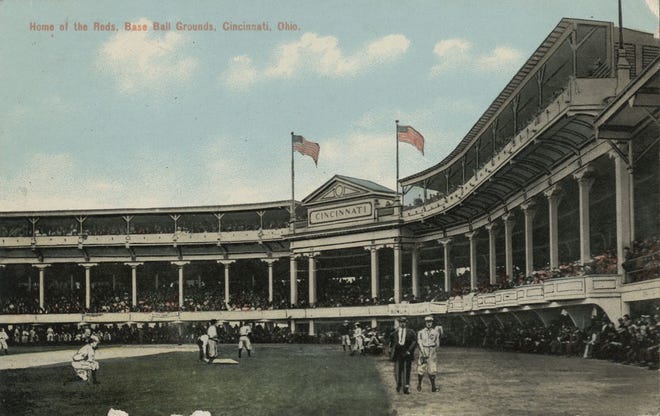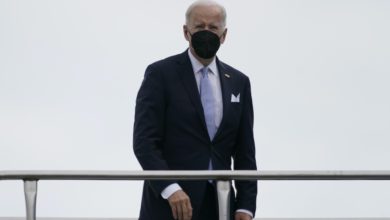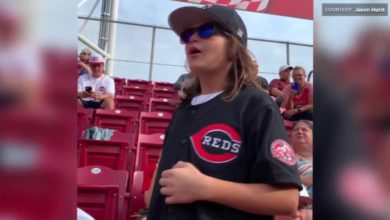
FC Cincinnati’s TQL Stadium, the city’s first professional soccer stadium, joins a list of storied Cincinnati sports venues.
League Park (1884-1911)

The Cincinnati Reds’ first true home, League Park at Findlay and Western in West End, opened in 1884. For the 1902 season, the Reds built an elaborate Greco-Roman-styled grandstand called Palace of the Fans that signaled baseball was becoming America’s pastime. Less than a decade later, the wooden stadium was torn down for a new ballpark on the same spot.
Crosley Field (1912-1972)

Crosley Field holds a special place in Cincinnati history. Built in the era of classic ballparks like Fenway Park and Wrigley Field, it opened in 1912 as Redland Field but became Crosley Field in 1934 when Powel Crosley Jr. bought the team. Crosley Field hosted the first night baseball game in 1935, two World Series champions and the Beatles. The Reds moved to Riverfront Stadium midway through the 1970 season.
Cincinnati Gardens (1949-2018)

The indoor arena on Seymour Avenue in Roselawn was used for everything from boxing and basketball to concerts and carnivals. From 1957 to 1972, Cincinnati Gardens was the home of the NBA’s Cincinnati Royals. The historic highlights at the Gardens are many: Elvis, the Beatles and Martin Luther King Jr. The arena was demolished in 2018.
Riverfront Stadium (1970-2002)

Riverfront Stadium hosted an All-Star Game and World Series before its first Opening Day. The home to both the Reds and the Bengals was one of the multisport stadium bowls popular in the 1970s, and was part of long-planned redevelopment of the riverfront. Fans got to see the Big Red Machine, the Bengals’ Freezer Bowl, three World Series champs and Pete Rose notch his 4,192nd hit. Renamed Cinergy Field in 1996, the stadium was demolished in 2002 as the Reds and Bengals built new stadiums.
Riverfront Coliseum (1975- )

Located next to Riverfront Stadium, the indoor arena was the home of the Cincinnati Stingers pro hockey team from 1975-1979, then a string of minor league teams, including the Cincinnati Cyclones since 1997. On Dec. 3, 1979, 11 young fans were killed when crowd surged to get into a concert for The Who at Riverfront Coliseum. It’s been called the Crown, Firstar Center and U.S. Bank Arena; now it’s Heritage Bank Center.
Paul Brown Stadium (2000- )

In the 1990s, the trend was to have unique stadiums that had a bit of personality. After a contentious half-cent stadium tax was approved by voters, the Bengals got their own stadium in 2000, named for legendary Bengals founder Paul Brown. PBS has won national recognition for its design. Former Enquirer and Post columnist Bill Koch noted, “This stadium celebrates its setting. … You are not in Anytown, USA. You are unmistakably in Cincinnati.”
Great American Ball Park (2003- )

Great American Ball Park bookends the riverfront with the Bengals stadium as The Banks and Underground Railroad Freedom Center have filled in between. The Reds ballpark, which opened in 2003, embraces its heritage with a steamboat in the outfield, architectural touches that harken to Crosley Field and statues of Reds greats outside the main gate. GABP was host of the 2015 MLB All-Star Game.
TQL Stadium (2021- )

The opening of FC Cincinnati’s TQL Stadium marks the return of professional sports to West End for the first time since Crosley Field closed in 1970. Formerly known as West End Stadium, the soccer venue is located in a neighborhood that has undergone tremendous upheaval and change over the decades. Officials hope the stadium will spark new development in the area while residents hope they don’t lose more of their community.
Timeline:FC Cincinnati's TQL Stadium, from conception to home opener
Source link








